Excel File Format or File Extension Is Not Valid: 8 Ways to Fix It
Microsoft Excel has become indispensable for many professionals, regardless of their field. However, a common issue encountered by Excel users is the error message, "Excel cannot open the file because the file format or file extension is not valid."
This problem often arises when attempting to open an Excel file. If you, unfortunately, face this issue, this article is here to help. We’ll delve into why this error message occurs, the underlying causes, and, most importantly, how to resolve it, ensuring your data remains intact.
Why Can’t Excel Open the File I Need?
Here are several common reasons why Excel might not be able to open the file you intended:
There are several reasons why Excel might fail to open a file. Some of the most common include:
- Invalid Excel File Extension: This issue arises when the file extension does not align with the expected Excel format (for instance, using .txt instead of .xlsx).
- Incompatible Excel File Format: Even with the correct extension, the file’s internal format might not be compatible with Excel. For instance, using an older version of Excel to open an XLSX file, which was introduced post-2007, can lead to issues.
- Corruption or Damage in the Excel File: File corruption can occur for various reasons, such as unexpected system shutdowns, incorrect saving procedures, malware attacks, or errors during file transfer.
- File Permissions Issues: There might be restrictions preventing you from opening or modifying the file due to insufficient permissions.
Next, let’s take a look at some ways to fix this.
Four Quick Fixes:
Method 1: Check the Worksheet File Extension
The initial step in resolving the “Excel file format or file extension is not valid” issue is to verify that the file extension corresponds with the actual file format. Typically, spreadsheets created in Excel 2007 or later versions use .xlsx as the file extension, whereas older versions use .xls. An incorrect file extension may lead Excel to not recognize the file as valid.
- Press Windows + E to open File Explorer. Navigate to the “View” tab and ensure the “File name extensions” box is checked.
- Right-click the problematic Excel file and choose “Rename.”
- Try changing the file extension to the correct one, if applicable. Alternatively, you can use online file conversion services, where you upload the file and select the desired output format.
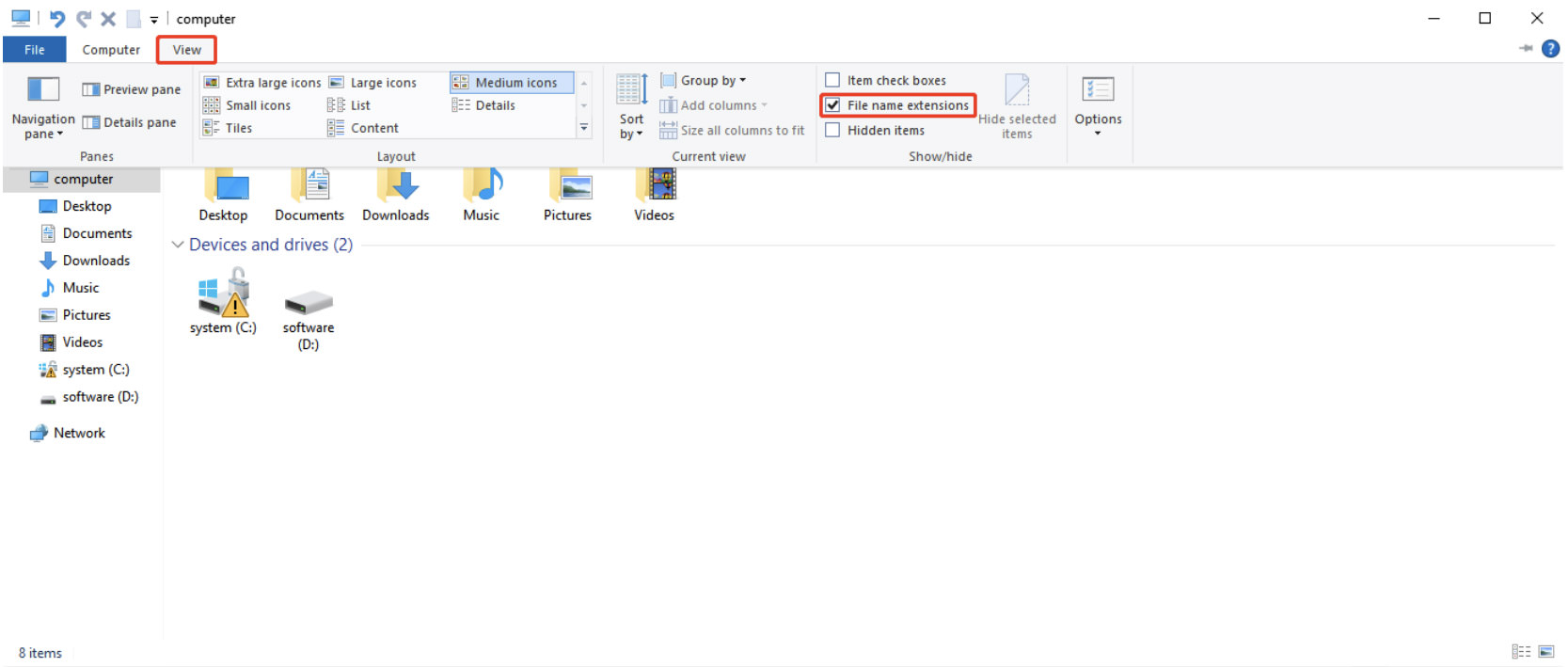
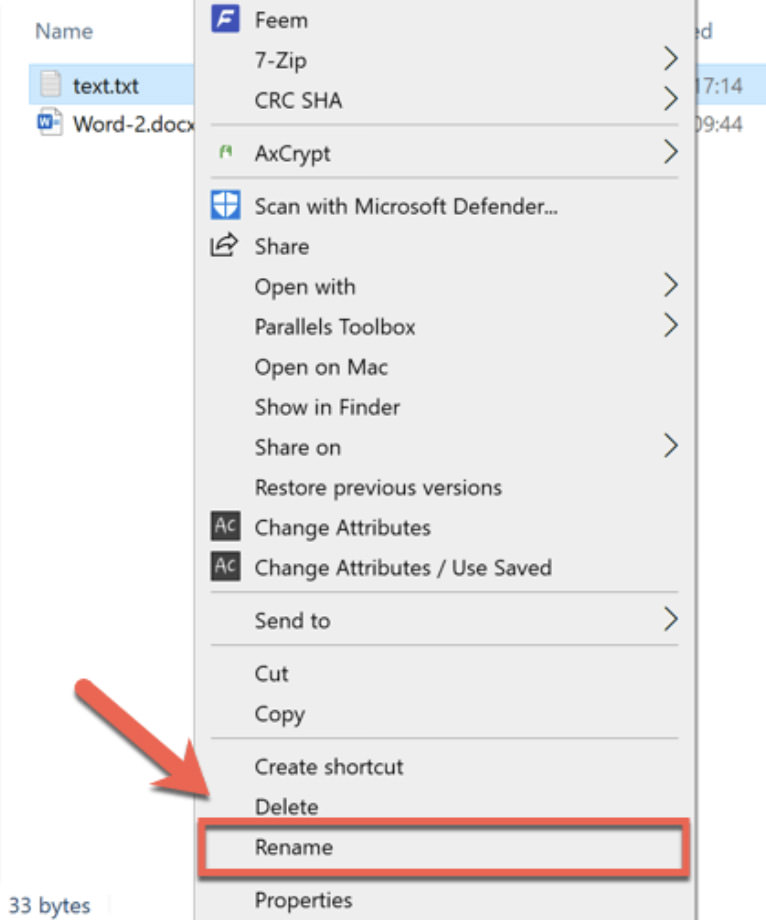
Method 2: Repair a Corrupted Excel File
If you’re still seeing the error message, it’s possible that your Excel file is corrupted. In such instances, 4DDiG File Repair can be a handy tool. This user-friendly software is adept at resolving a variety of file issues, including problems with Excel documents not opening or displaying blank content. Additionally, 4DDiG File Repair supports other file formats like Word, PowerPoint, and PDF.
Here’s how to fix the “Excel file format or file extension is not valid” issue using 4DDiG File Repair:
- Install and launch 4DDiG File Repair on your Windows or Mac. Access the “File Repair” feature from the left sidebar, then click on “Add File(s)” to upload your corrupted Excel documents.
- Click “Start Repair” to initiate the repair process. 4DDiG File Repair will analyze and attempt to rectify any issues in your files.
- After the repair, review the file contents to confirm their integrity. Then, use the “Export” or “Export Selected” option to save the repaired Excel files to your computer.


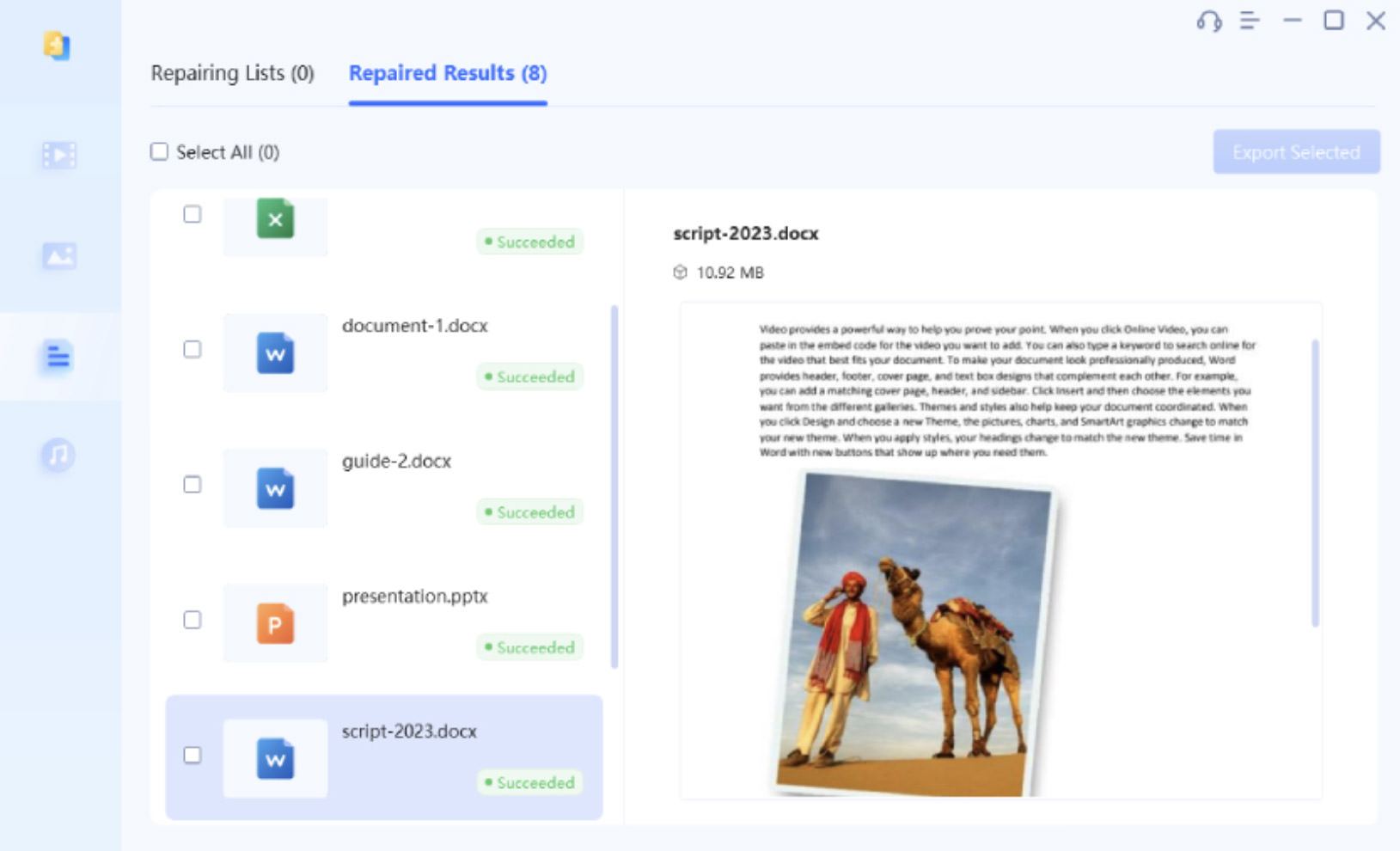
Method 3: Take Exclusive Ownership
Another way to address the “Excel cannot open the file” issue is by ensuring you have the necessary permissions for the file. Here’s how you can check and modify your permissions:
- Right-click on the file you cannot access and select “Properties.”
- Go to the “Security” tab, then click on the “Edit” button.
- In the “Group or user names” section, select your user account and then grant it “Full Control.”
- Click “Apply” followed by “OK” to confirm and save your changes.
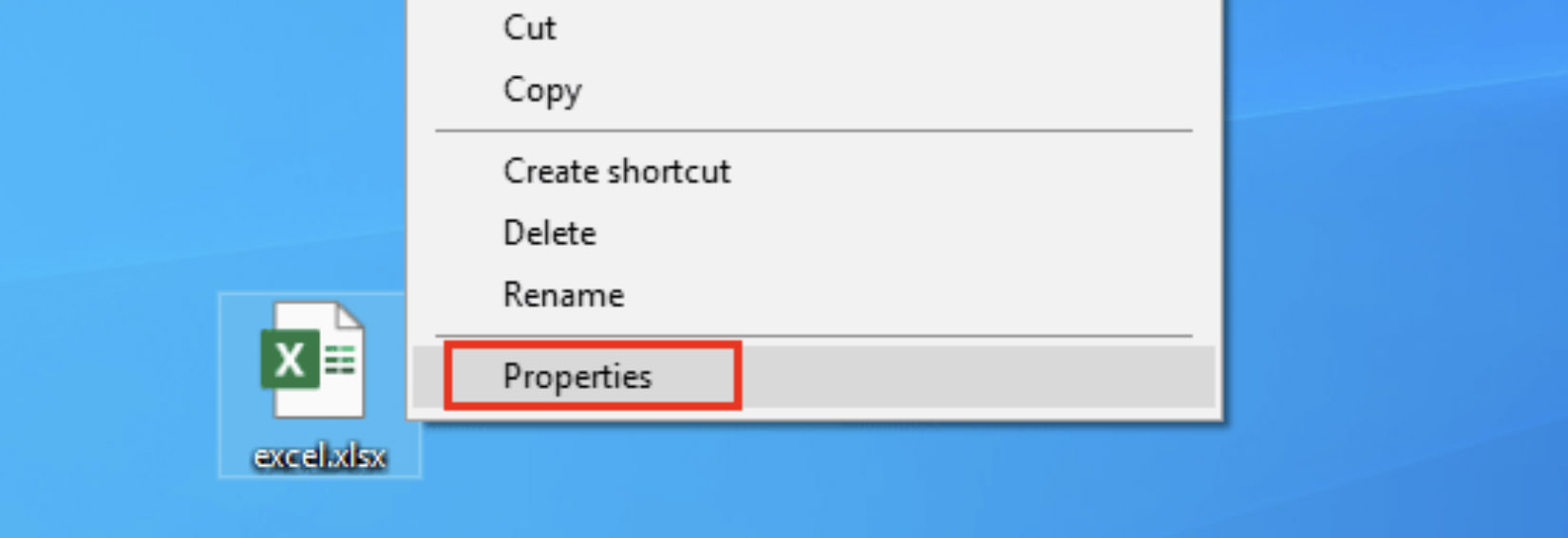


Additional Ways to Fix This Error
Method 4: Use the Open and Repair Feature
To fix corrupted Excel files, you can use the "Open and Repair" feature, a built-in tool in Microsoft Excel. While it’s helpful, note that it might not work for severely corrupted files. Here’s how to use it to address the “Excel file extension not valid” issue:
- Open Microsoft Excel and go to the “File” tab. Then, select “Open” > “Browse.”
- Find and choose the problematic Excel file.
- Instead of directly clicking “Open,” click the small arrow next to it and choose “Open and Repair” from the menu.
- Click on “Repair” to start the repair process.
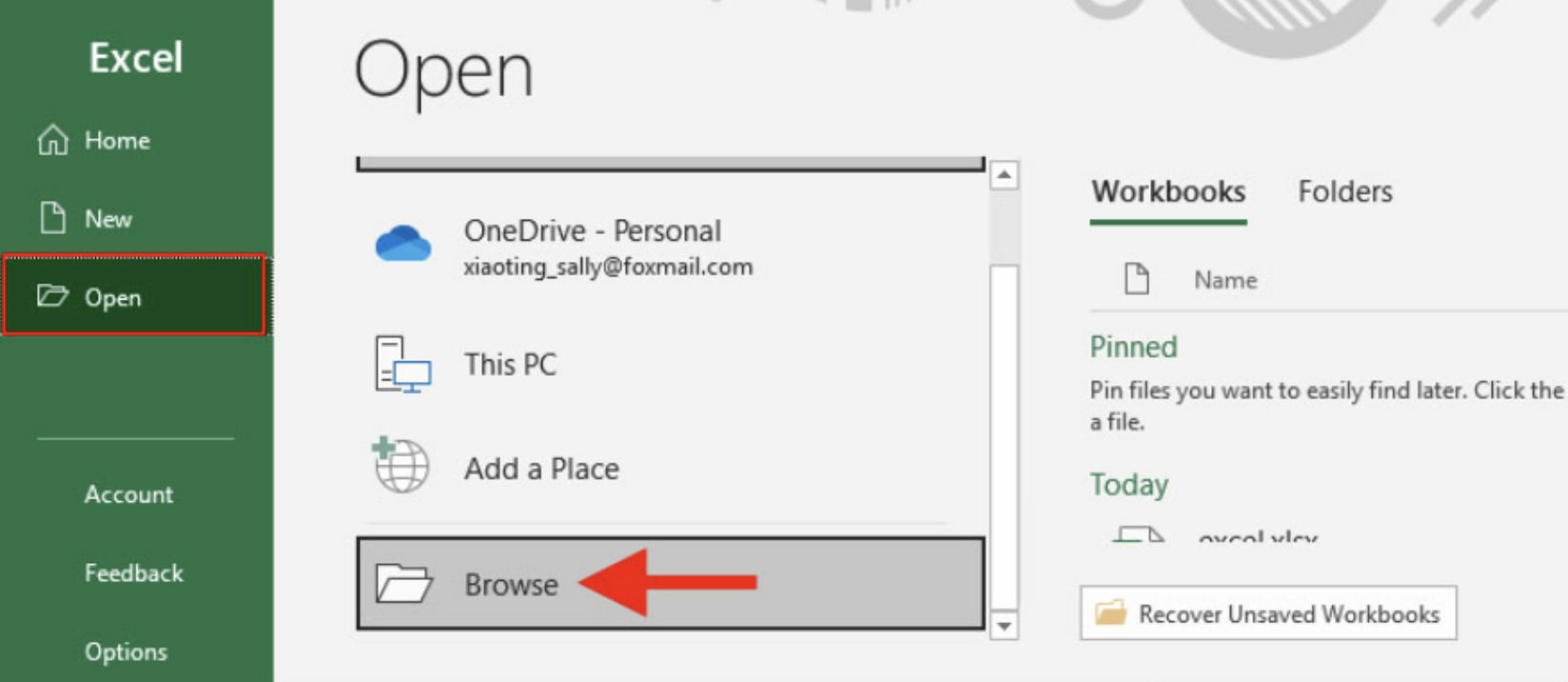
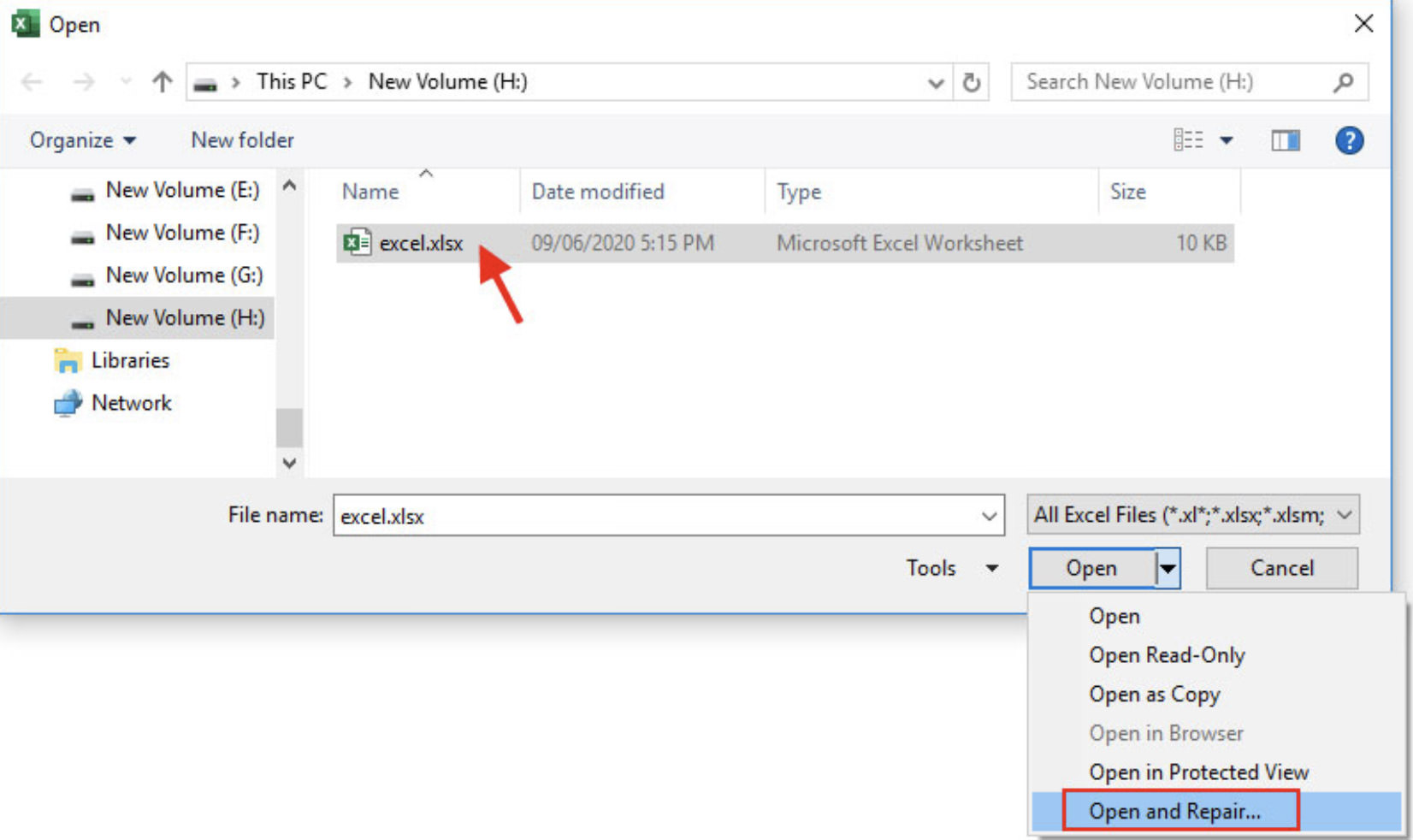

Method 5: Restore a Previous Version by File History
If the “Excel file extension not valid” error persists, consider restoring a previous version of the file. However, be aware that this might result in the loss of recent content. Here’s how to do it:
- Right-click on the spreadsheet and select “Properties” from the context menu.
- Navigate to the “Previous Versions” tab. If File History was enabled beforehand, you will see a list of the file’s previous versions.
- Choose the version you wish to restore and click “Restore.”

Method 6: Recover Unsaved Workbook
Another method involves using Excel’s built-in features to recover any previous versions of your workbook.
- Open MS Excel and go to “File” > “Info” in the top-left corner of the window.
- Select “Manage Workbook” > “Recover Unsaved Workbook.”
- From the list of files shown, open the inaccessible file and then save it.

Method 7: Open MS Excel in Safe Mode
Resolving the “Excel cannot open because the file format is not valid” issue can sometimes be as simple as booting your computer into Safe Mode. This is particularly effective when Excel conflicts with specific drivers or third-party software. Here’s how to enter Safe Mode:
- Press Windows + R on your keyboard and type
excel/safeinto the Run dialog box. - Open Microsoft Excel in Safe Mode, click on “File,” and then select “Options.”
- In the Options menu, go to the “Add-ins” section. Then choose “COM Add-ins” and click “Go.”
- Uncheck one of the add-ins from the list that appears and click “OK.”
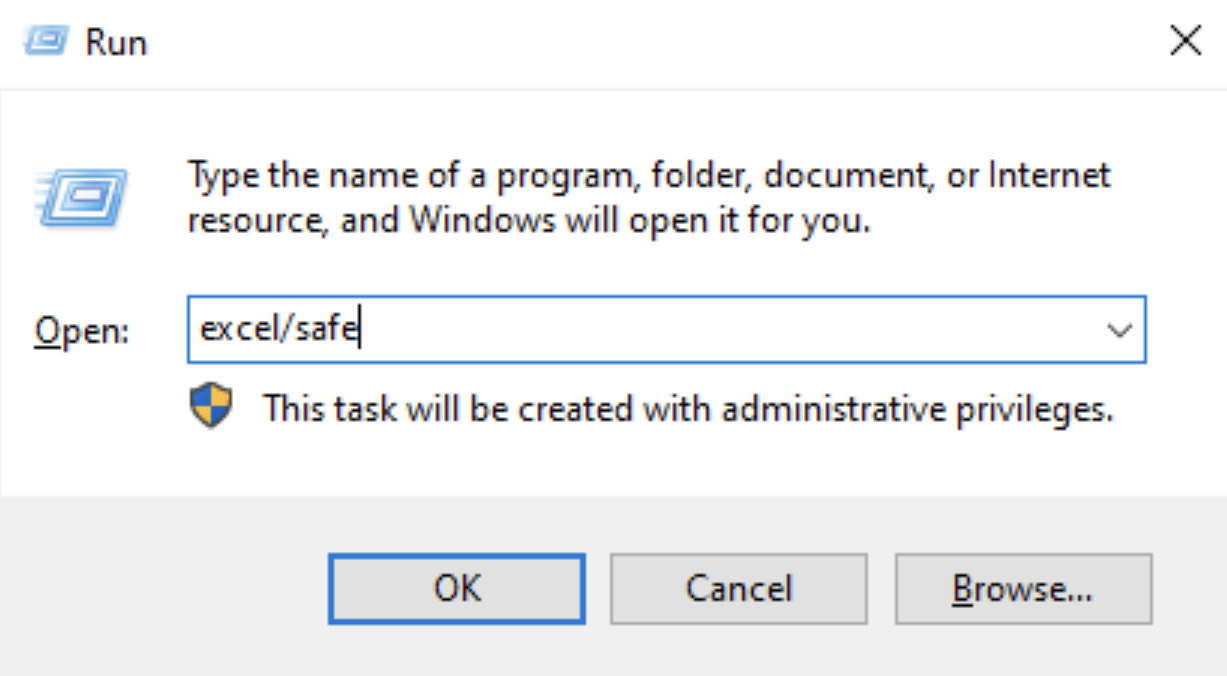

Method 8: Disable the Protected View Feature
The “Excel cannot open the file” error can also stem from the Protected View feature in Excel, not just an invalid file extension or file corruption. To disable this feature, follow these steps:
- Open MS Excel, click on “File” in the top left corner, then select “Options” at the bottom of the left sidebar.
- Click on the “Trust Center Settings” button.
- In the Trust Center, select “Protected View” from the left sidebar. Uncheck all three options and save the changes.
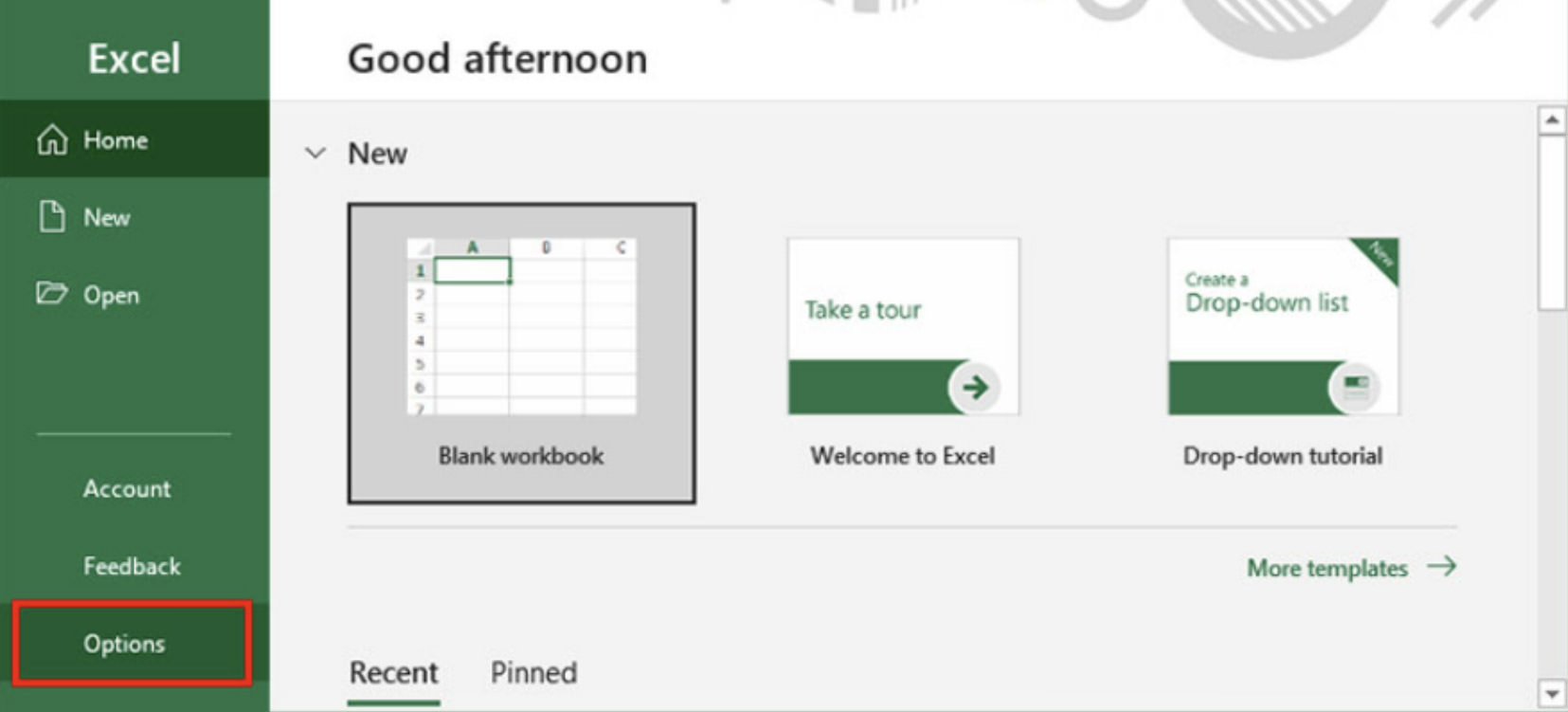


Bottom Line
In this comprehensive guide, we’ve outlined eight practical solutions to the common Excel error: “Excel cannot open the file because the file format or file extension is not valid.” It’s best to start by verifying your file’s integrity and format, then methodically try each solution one by one.